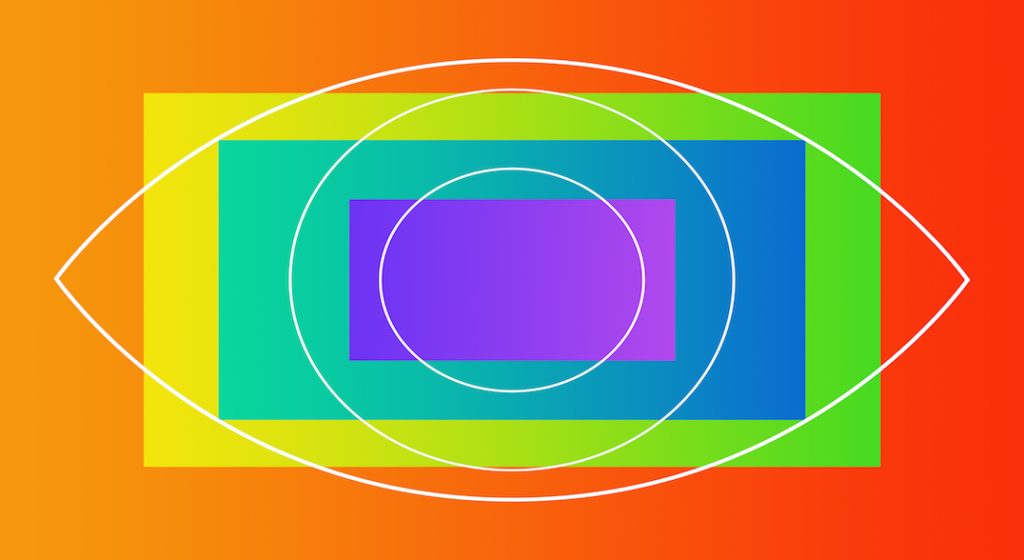Table of Contents
Color is a universal phenomenon, yet its perception is deeply influenced by cultural contexts. The science of color perception explores how our brains interpret colors, but cultural backgrounds can shape these interpretations in significant ways. Understanding these variations not only provides insights into the psychology of color but also highlights the rich tapestry of human diversity in visual experiences.

The Fundamentals of Color Perception
Color perception begins with the eyes, where light enters through the cornea and lens and hits the retina, containing photoreceptor cells called cones. These cones are sensitive to different wavelengths of light, which correspond to different colors. The brain then processes these signals, allowing us to perceive a range of colors. This biological process is relatively uniform across human populations, but cultural influences can significantly affect how colors are categorized and understood.
Cultural Differences in Color Categorization
Different cultures have unique ways of categorizing and interpreting colors. For instance, the Himba people of Namibia have a more nuanced color vocabulary than Western cultures. They distinguish between various shades of green that are grouped under a single category in English. This is a reflection of their environment and lifestyle, where distinguishing subtle color variations has practical significance. In contrast, Western cultures often have more specific terms for colors, influenced by technological advancements and commercial needs.
The Psychological Impact of Colors
Colors can evoke different emotional responses depending on cultural contexts. For example, while white is often associated with purity and weddings in Western cultures, it is linked to mourning and funerals in some Eastern cultures, such as in China. Similarly, red can symbolize good fortune and happiness in China, but it may represent danger or warning in other contexts. These emotional responses are not just cultural constructs but are also rooted in historical and social practices that shape our perception.

Color Symbolism Across Cultures
Color symbolism varies widely among cultures, reflecting diverse values and beliefs. In India, the color saffron is highly significant, symbolizing purity and spiritual enlightenment. In contrast, in Western contexts, the color yellow may be associated with caution or cowardice. This symbolic significance of colors often influences art, clothing, and rituals, reflecting deeper cultural narratives and social norms.
The Influence of Modern Media
Modern media and globalization have introduced new colors and color perceptions into various cultures. The proliferation of digital screens and advertising has led to the widespread use of specific colors for branding and emotional impact. For example, the color blue is commonly used in corporate logos and social media platforms, evoking feelings of trust and reliability. This global exchange of color meanings can lead to a blending of cultural perceptions, although traditional color symbolism often persists.
Cross-Cultural Research and Findings
Cross-cultural research on color perception reveals both commonalities and differences. Studies have shown that basic color terms are universally recognized, but the ways in which these colors are grouped and named can vary. Research involving different cultures, such as the Berinmo people in Papua New Guinea, has demonstrated how language and culture influence color discrimination and categorization. These studies highlight the complex interplay between biological and cultural factors in color perception.
The Future of Color Perception Studies
As our world becomes increasingly interconnected, the study of color perception across cultures will continue to evolve. Advances in technology, such as neuroimaging and color calibration tools, will provide deeper insights into how cultural contexts shape our visual experiences. Furthermore, understanding these differences can enhance cross-cultural communication and design, making it possible to create more inclusive and culturally sensitive visual content.

Conclusion
The science of color perception is a fascinating intersection of biology and culture. While the basic mechanisms of color vision are similar across human populations, cultural influences play a crucial role in shaping how colors are perceived, categorized, and symbolized. By exploring these cultural variations, we gain a richer understanding of how color affects our emotional and psychological experiences, and how it reflects the diversity of human cultures. As research continues, we will uncover even more about the intricate ways in which color connects us to our world and to each other.
